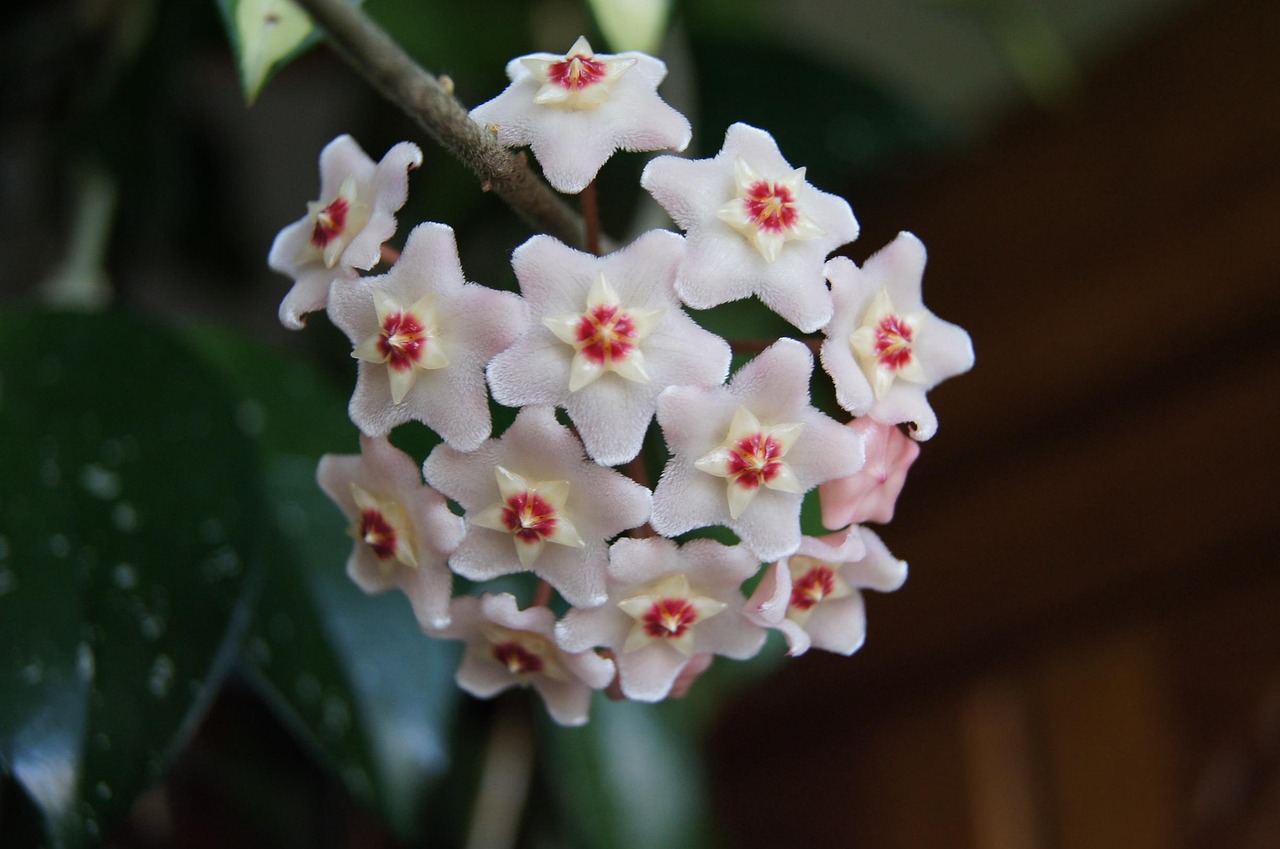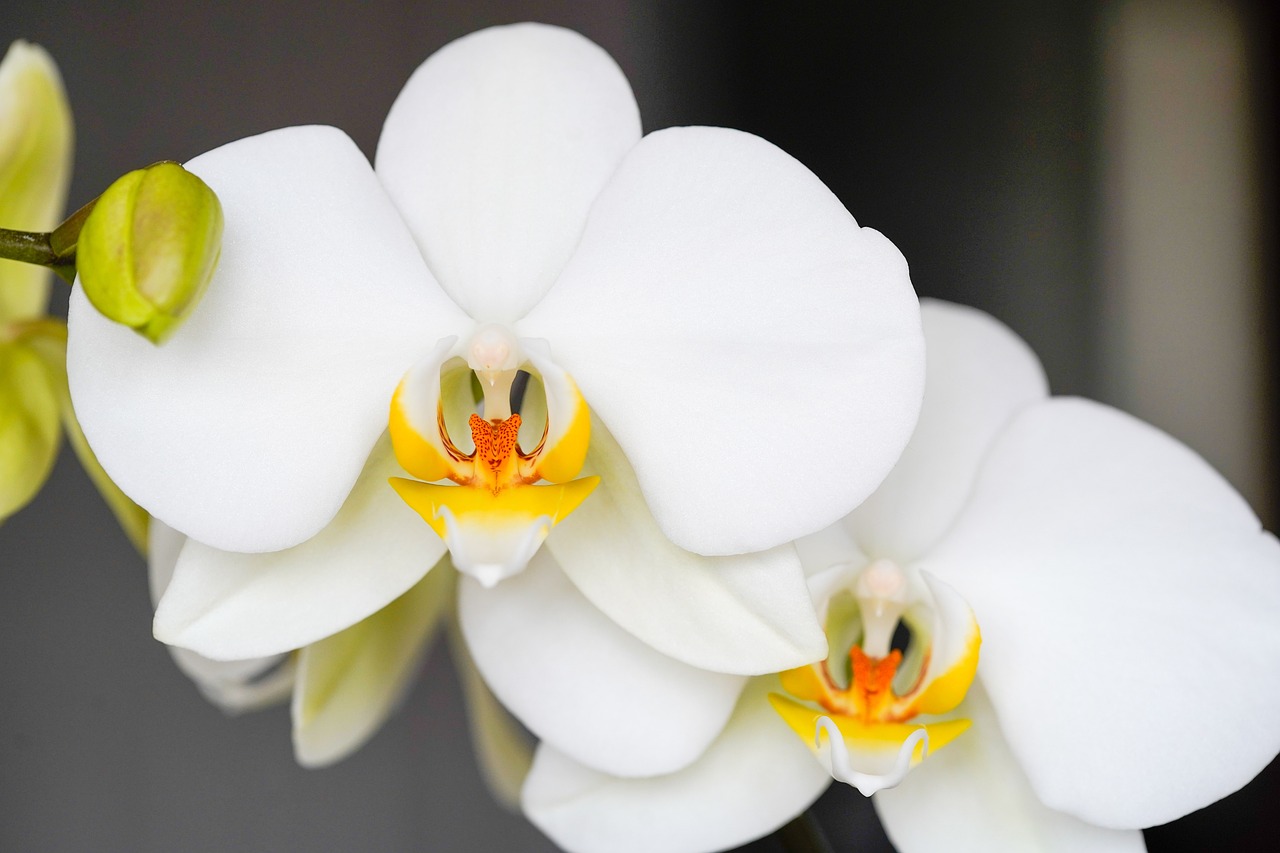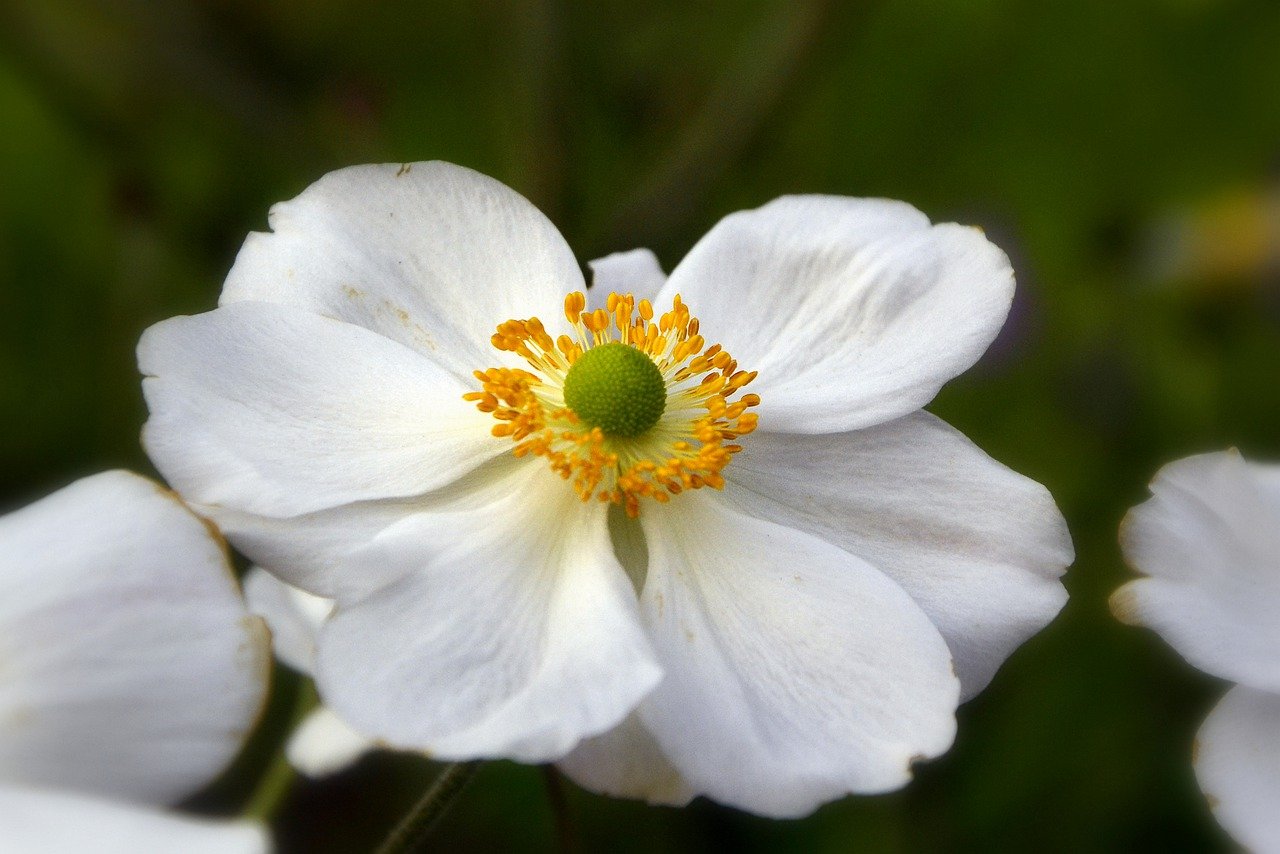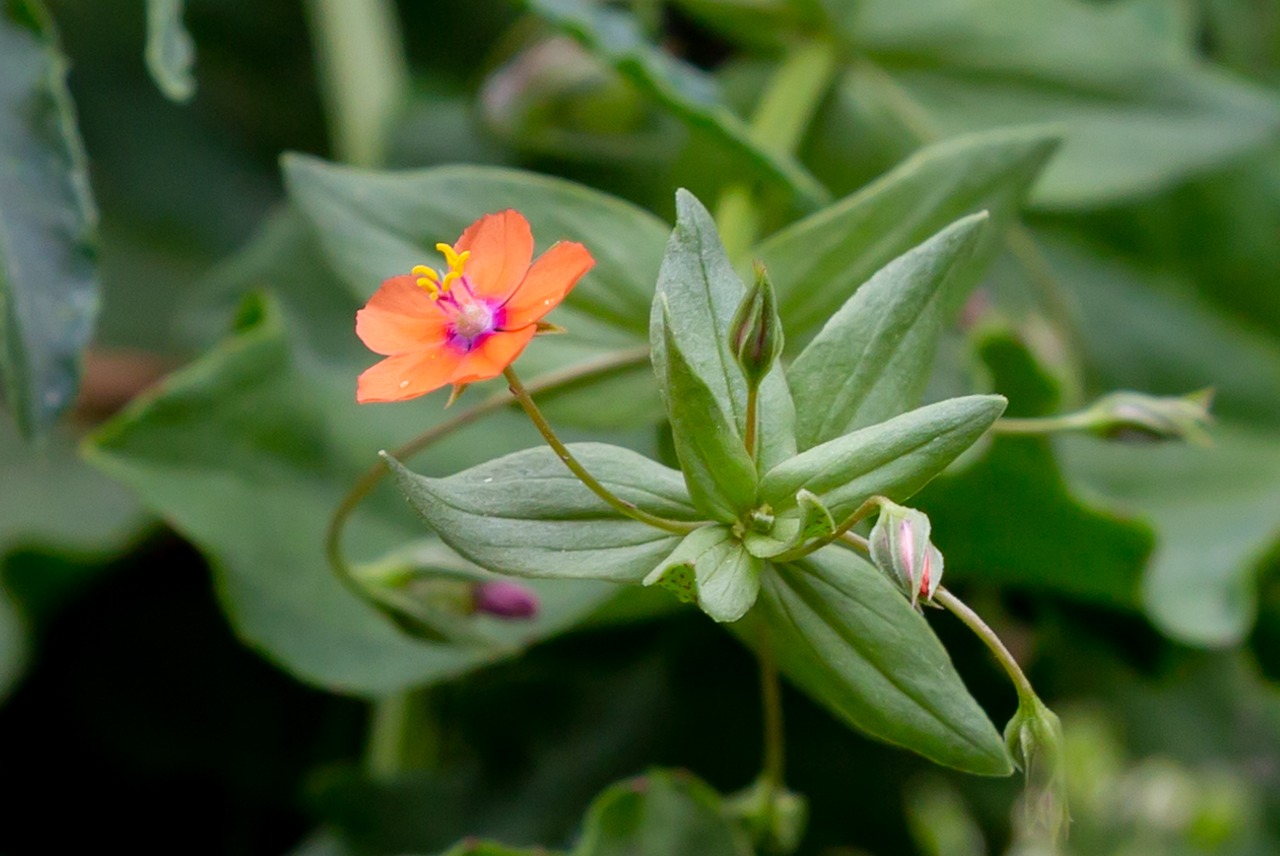Ajuga | The Ground-Hugging Indigo That Orchestrates the Colors of Spring
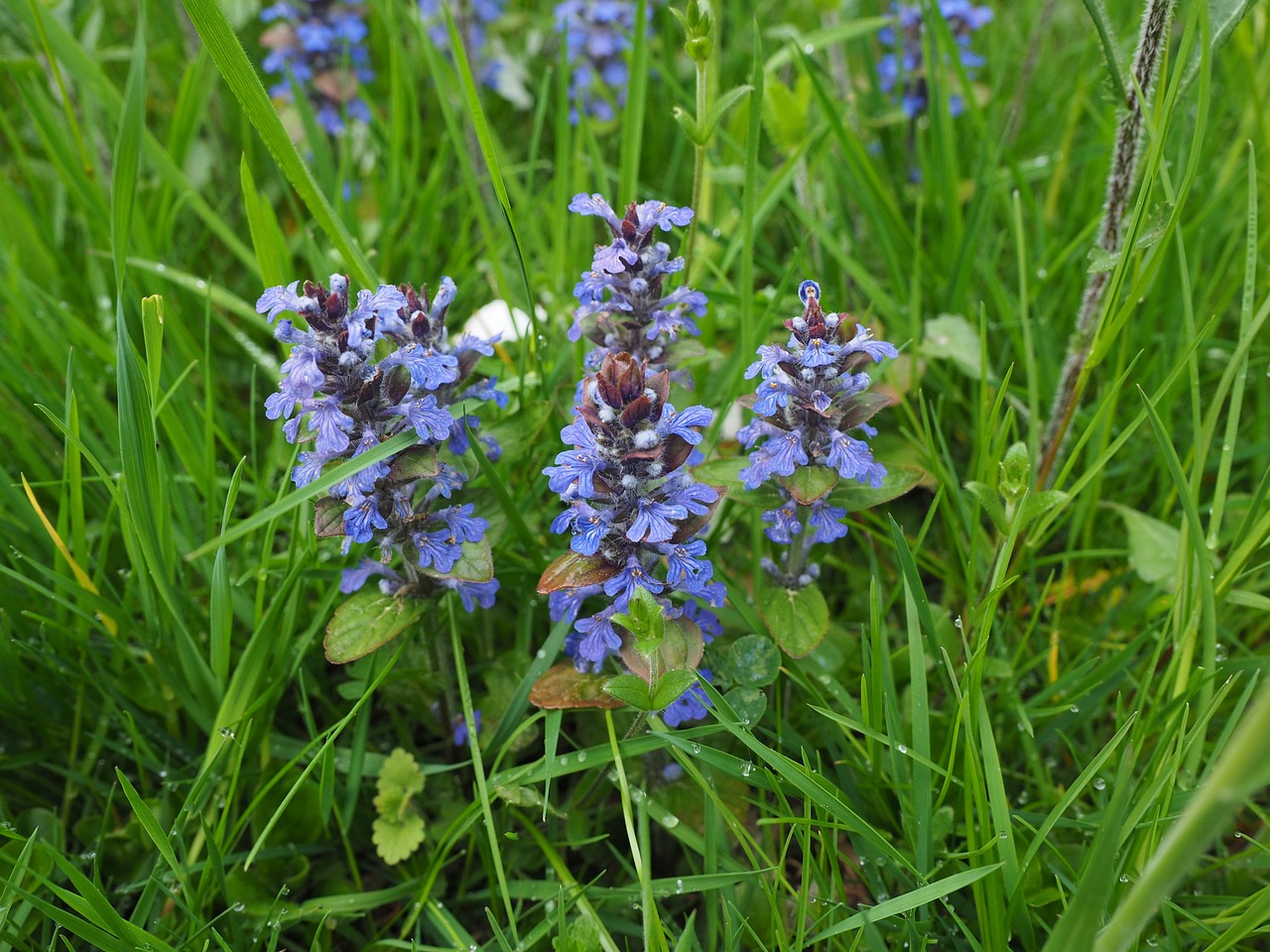
Ajuga is a popular perennial ground cover, characterized by its striking purple flowers and distinctive foliage.
I recommend it even for beginner gardeners because it requires little maintenance and adapts well to shaded or semi-shaded areas, thriving in corners of the garden or on slopes.
In this article, I provide detailed information on ajuga, covering its basic profile, cultural background, history, and cultivation tips.
Basic Information
- Scientific name: Ajuga reptans
- Family: Lamiaceae (Mint family)
- Origin: Europe, Western Asia
- Appearance: Ajuga produces dense spikes of deep purple flowers. Its foliage varies in color from green to bronze to purplish tones. It grows low to the ground (10–20 cm) and spreads as it creeps along the soil.
- Blooming season: From spring to early summer (April–June), covering the ground with blossoms.
Cultural Significance Worldwide

Ajuga has long been cherished as a garden plant in many regions, especially in Europe. In the United Kingdom and France, it is often planted to accentuate gardens, commonly edging stone paths or flower beds.
Because its foliage subtly changes color with the seasons, it is valued as a plant that reflects the passage of time throughout the year.
In garden design, ajuga plays an important role as ground cover, bringing unity to an entire garden when combined with other plants.
Historical Background
Ajuga has grown wild in Europe since ancient times, with records dating back to the Middle Ages.
By the 16th century, it was also valued as a medicinal herb and used in European herbal remedies. Historically known as “bugle,” it was cultivated in household gardens and widely appreciated.
Because of its beautiful seasonal foliage, ajuga was planted as an ornamental in aristocratic gardens. Nobles and royals enjoyed its shifting colors and incorporated it into their garden designs.
As gardening culture spread to the general public, ajuga became popular as both an ornamental and ground cover plant.
Gardening Advice

Ajuga requires little effort to grow, making it an ideal ground cover.
Its ability to thrive in shaded or semi-shaded areas is a major advantage, especially in spots with limited sunlight. In full sun, leaves may scorch, so partial shade is preferable.
Water moderately to prevent the soil from drying out, but ensure good drainage. When planting, choose well-drained soil and improve it with compost if needed.
In spring, apply a small amount of fertilizer when new shoots appear to encourage vigorous growth.
Ajuga spreads through runners (stolons), so if it expands too much, thinning or trimming will help maintain a neat shape.
It pairs well with other plants, so combining it with contrasting colors will make the garden even more vibrant.
Conclusion
Ajuga is a charming plant that adds effortless beauty to any garden with its colorful foliage and delicate blossoms. As an excellent ground cover requiring minimal care, I particularly recommend it for beginner gardeners.
Why not try incorporating ajuga into your garden design and enjoy the seasonal transitions it brings?


